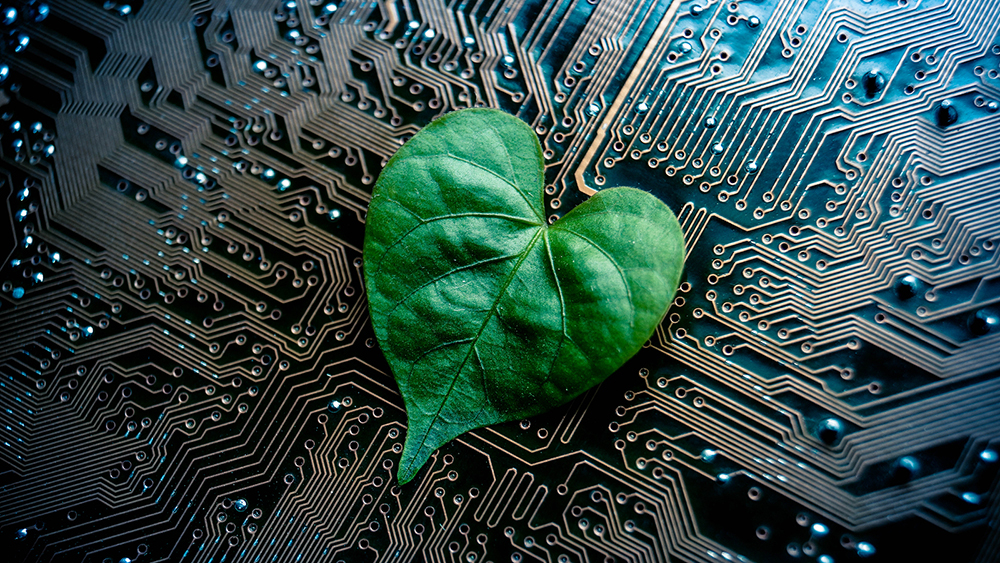As fossil fuels continue to be overshadowed by the emergence of renewable energy equivalents, AI has taken on greater precedence.
In fact, it could be argued, the advancement of AI and machine learning software has gone hand-in-hand with the increasing viability and applicability of renewable energy sources like solar and wind power.
In an article by Supply Chain Digital, the advantages of dedicated AI software from C3.ai highlighted the benefits to grid asset management, forecasting ability and increased energy efficiency for the utilities sector generally.
A survey by Gartner found that the number of enterprises implementing AI had grown by 270% between 2015 and 2019:
“Four years ago, AI implementation was rare, only 10% of survey respondents reported that their enterprises had deployed AI or would do so shortly. For 2019, that number has leapt to 37%,” said Chris Howard, VP, Gartner.
Augmenting renewable energy
Smart grids: The benefits of AI lie in its configuration within ‘smart grids’ – cloud-based, IoT integrated networks which consolidate data into one location and allow analytical software to analyse it for inefficiencies.
Not only this, but forecasting software can be used to more accurately predict weather patterns and environmental conditions, which is essential information for virtually all forms of renewable energy reliant on such factors.
Microgrids: To boost the stability of conventional electricity grids, many energy authorities are choosing to supplement their power during peak periods or for emergencies, such as blackouts – indeed, the international market for microgrids is expected to grow substantially.
AI regulation of energy flow can eliminate the need for wasteful ‘bottlenecks’ of power to prevent overloading grid, but rather enable excess to be stored in battery storage terminals and redistributed as/when it is required.
Safety: With an adequately set up network of IoT sensors, renewable energy companies will be able to monitor the status of their equipment, with AI analysis quickly detecting faults before they have time to develop into costlier problems.
Furthermore, image recognition AI software – such as C3.ai’s geospatial awareness – makes sending engineers into potentially risky situations unnecessary; video footage and photos can be analysed to diagnose faults instead.
Top uses of AI in renewable energy
Vestas: In 2019, wind energy giant Vestas acquired tech startup Utopus Insights to provide customers with a suite of analytics software to assist the transformation of the energy sector.
The company’s vision is to do so “in a cost-effective manner that ensures grid stability as renewable energy sources gradually replace conventional, fossil-fuel generated power plants.”
GE: An innovator in grid analytics for the energy sector, General Electric (GE) released details of its new portfolio designed to optimise grids with AI and ML (machine learning) analytics: Storm Readiness, Network Connectivity and Effective Inertia.
“The energy industry today is leveraging a small fraction of their operational data. Our grid analytics enable utilities to use more of that data and orchestrate their networks and the workers who operate them in ways previously unimagined,” said Steven Martin, CEO.
